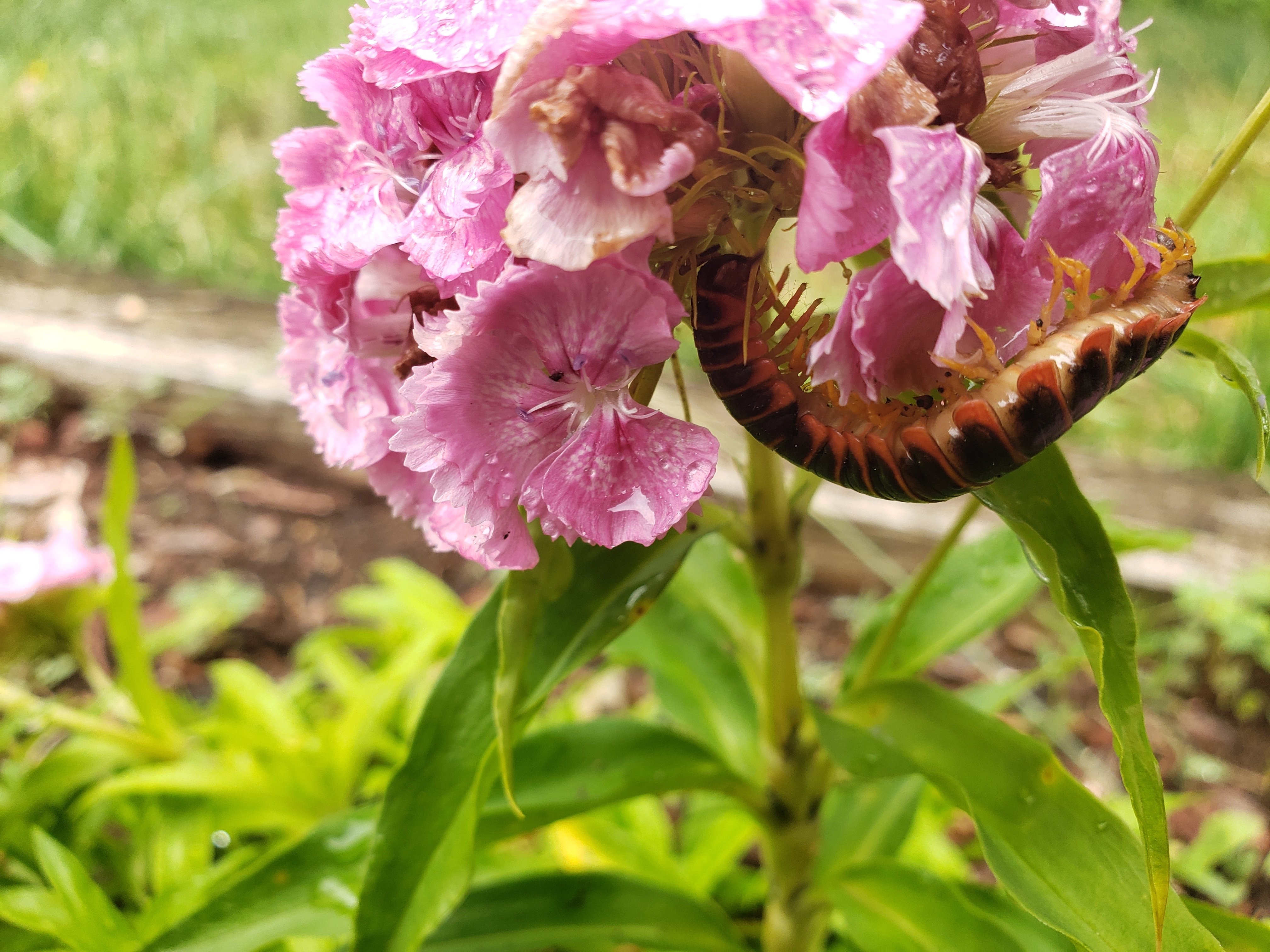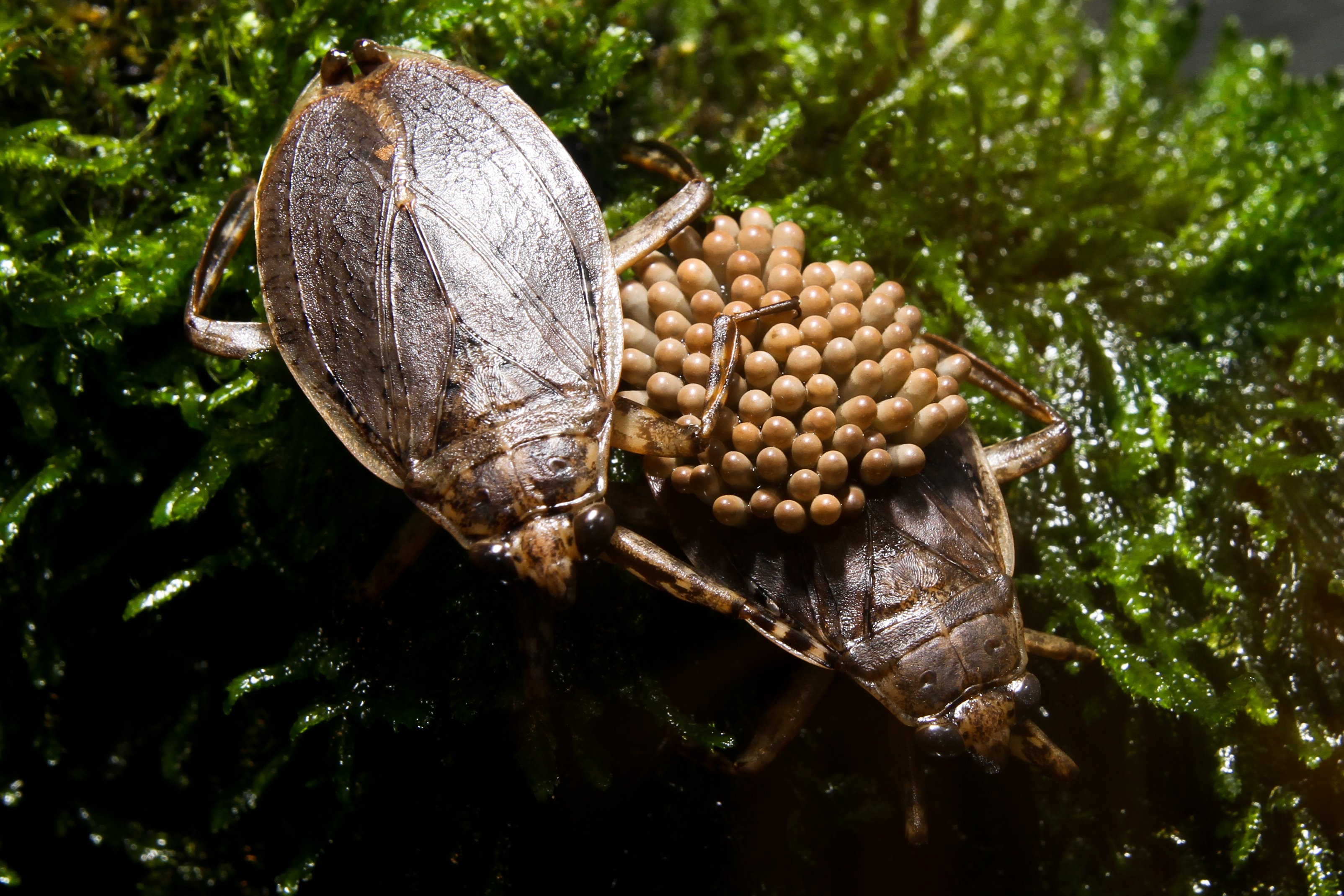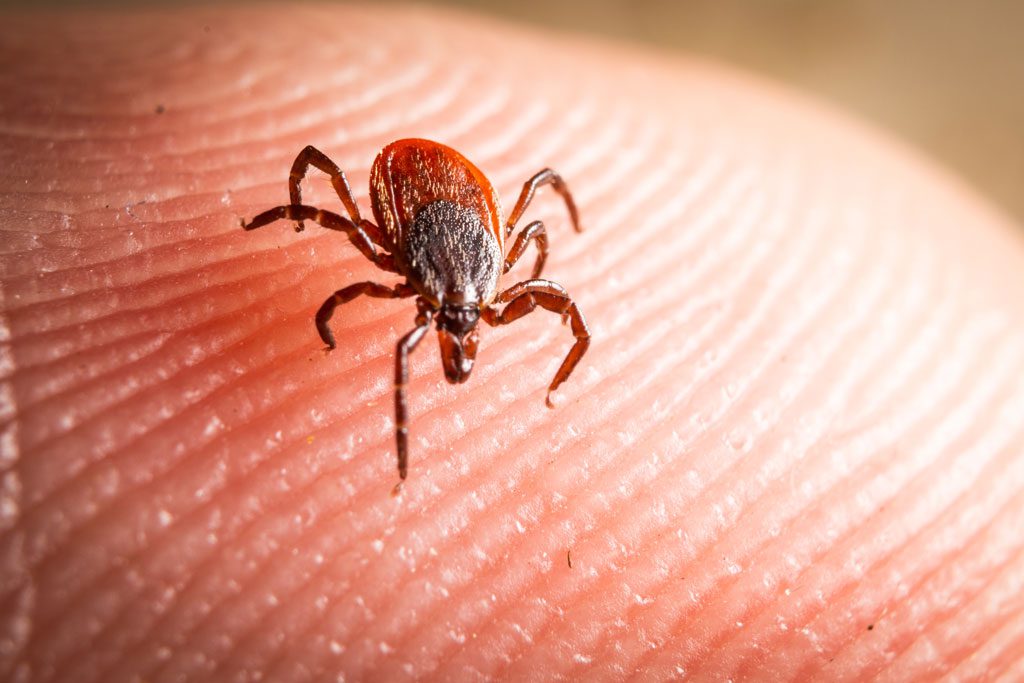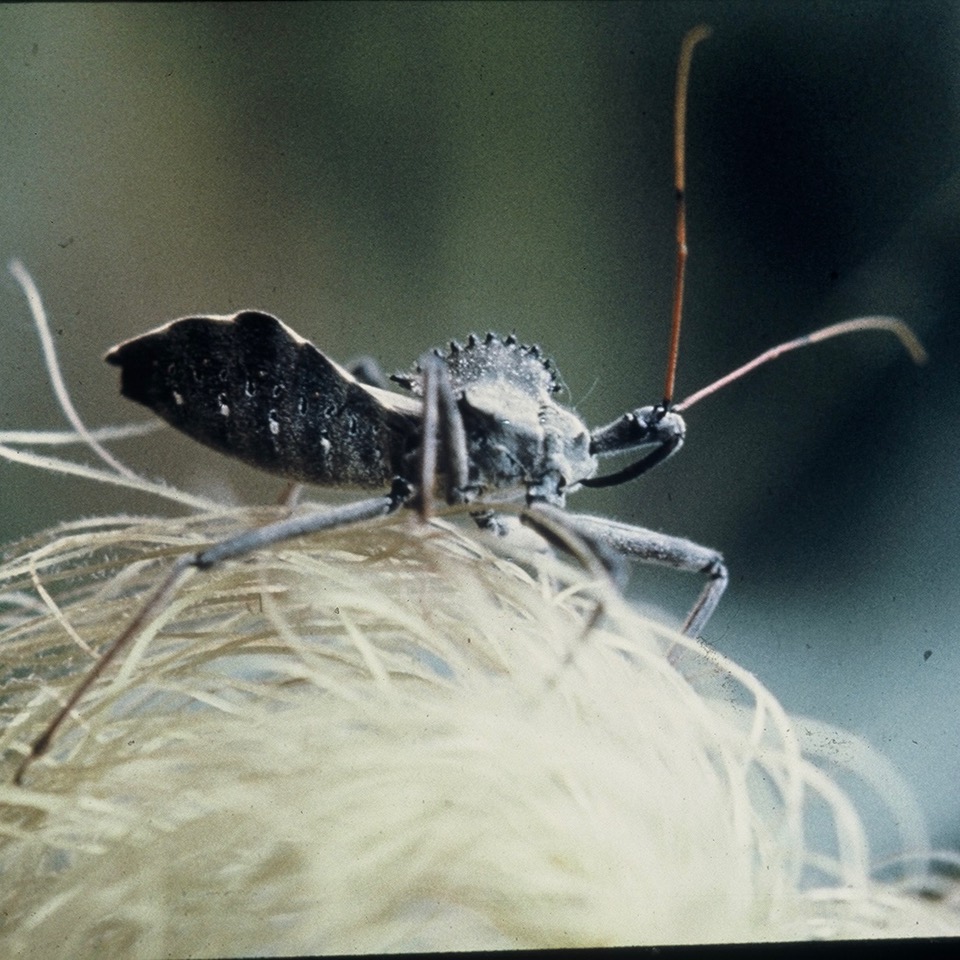This was a hard post to read.
You're not shadowbanned from YouTube. The creator you're commenting on has simply "hid" you from their channel. Which ironically is a shadowban, just on a creator level.
The level of panic and outrage you've displayed here despite not having a clue as to how the mechanic you're discussing works is remarkable.
I always find it so extraordinary when someone replies to one of my comments with some off-the-wall shit like this.
You're splitting hairs I already split. I specifically pointed out that their core products, you know, the things that actually matter, render the company among the most-reliable tech giants out there. I explicitly countered the notion that the fling-shit-and-see-what-sticks method is anything other than an elaborate R&D scheme.
Yet, here you are, responding to me raging about Google's failproducts as if I didn't JUST get finished explaining what that's all about and how it doesn't detract from their ability to generate income. They're not lunatics, you just don't understand what's happening. Which again, is wild, because you're literally responding to a comment where I explained what's happening.










